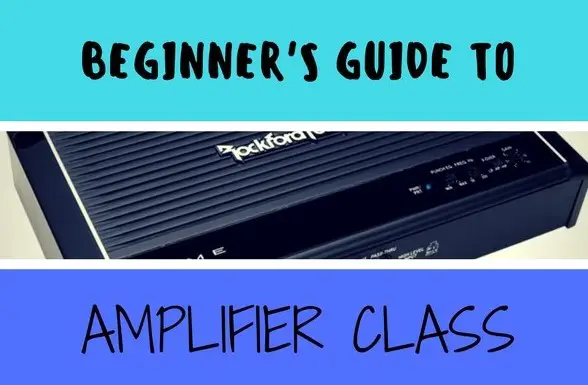C'mon....you know that's
not true.
Audiophiles, most of them, vouch that Class A amps are the best 'audiophilic amp topology'.....and most of the resistance against class D has been in comparison to Class A.
After all massive tank like class A amps with bullet proof thick heatsinks with massive toroidal transformer looks more esoteric and
justifiable than a puny class D amp with smps power. 
Why do you always leap to conclusions that are not there?
A music enthusiast will recount his/her experience based on what they have listened to and experienced.
It so happens, that some of them like a particular amp topology or DAC implementation or measured performance.
These are still opinions not hard facts. One may take it on faith or with a bag of salt.
For some the experience or topology matters, no matter what the measurements are.
For others the measurements matter, no matter what the experience is.
Neither is complete in isolation.
Coming to class A amps, what's the deal about them?
- they produce heat and rake up electricity bills
- they are bulky and heavy
- they measure horribly
And speaking of Class D amps, what's their deal?
- efficient
- loads of power
- great measurements
Are these the criteria that a user should base their decision to buy or not?
Should it not be about how they sound in an audio rig and how they drive speakers to make the user feel the music?
There are products that will appeal to each and everyone of us. Some more than others.
Keep an open mind and ear.
Disclosure:
If I have the opportunity:
- class A preamp/poweramp combo for music
- AV pre-processor with good class D amplification for HT
- a simple TT setup with a flea-watt tube setup and OB speakers
Unfortunately, none of the above are possible in my home.
Doesn't mean they are not worth listening to. And I would definitely not go about disparaging them.
Cheers,
Raghu




